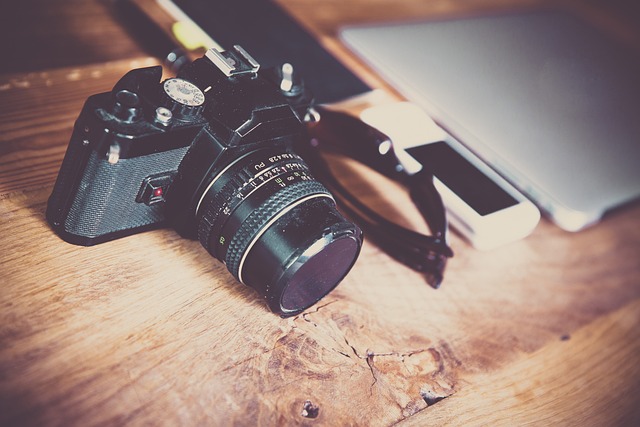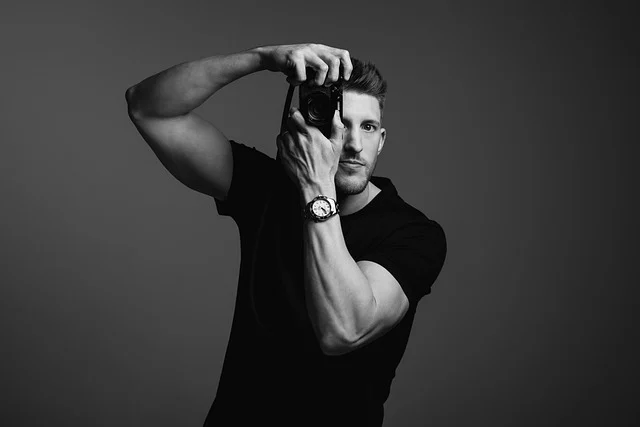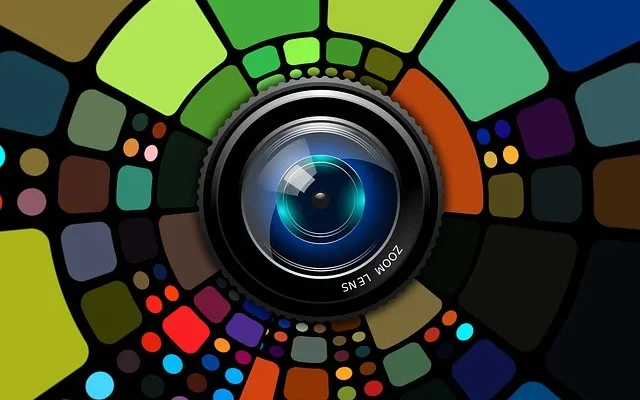In the age of digital media, photography has become more than just a means of capturing moments; it has evolved into an art form that allows individuals to express their creativity and perspective. With advancements in camera technology and editing software, photographers now have the power to craft dimensions within their images, transporting viewers to alternate realities or revealing hidden beauty in the mundane. In this article, we’ll explore how you can harness the potential of your camera to craft dimensions and create captivating photographs.
Understanding Composition and Perspective
The foundation of crafting dimensions in photography lies in understanding composition and perspective. Composition refers to the arrangement of elements within the frame, while perspective determines how those elements are perceived in relation to one another and to the viewer.

Experimenting with different compositions and perspectives can transform a flat, two-dimensional image into a dynamic visual narrative. Techniques such as leading lines, framing, and the rule of thirds can guide the viewer’s eye through the image, creating depth and dimension. By carefully considering these elements, you can imbue your photographs with a sense of scale and space, inviting viewers to explore the world within the frame.
Playing with Light and Shadow
Light is one of the most powerful tools in a photographer’s arsenal when it comes to crafting dimensions. The way light interacts with the subjects in your photographs can dramatically alter their appearance, adding depth and texture to the image.
Experimenting with different lighting conditions, such as harsh sunlight, soft diffused light, or dramatic shadows, can evoke different moods and atmospheres in your photographs. Pay attention to how light falls on your subjects and experiment with angles to create interesting shadows and highlights. By mastering the interplay of light and shadow, you can add layers of dimension to your images, revealing new details and nuances with each viewing.
Utilizing Depth of Field
. By controlling the depth of field, you can emphasize certain elements in the frame while blurring others, creating a sense of depth and dimension.
Experimenting with shallow depth of field can isolate your subject from the background, drawing attention to the focal point and creating a sense of intimacy. On the other hand, using a deep depth of field can capture a scene in its entirety, allowing viewers to explore the layers of detail within the frame. By understanding how to manipulate depth of field, you can control the visual hierarchy of your photographs and guide the viewer’s attention to create dimensionality.
Embracing Perspective Distortion
Perspective distortion can be a powerful tool for crafting dimensions in photography, allowing you to manipulate the perception of space and scale within the frame. Techniques such as forced perspective or exaggerated angles can create optical illusions that challenge the viewer’s perception of reality.

Experiment with different angles and focal lengths to distort perspective and create dynamic compositions. By playing with scale and proportion, you can create surreal and immersive images that transport viewers to alternate dimensions. Embracing perspective distortion allows you to push the boundaries of conventional photography and unlock new creative possibilities.
Post-Processing and Digital Manipulation
In the digital age, post-processing and digital manipulation have become integral parts of the photographic process. Editing software such as Adobe Photoshop and Lightroom offer a wide range of tools and techniques for enhancing and transforming your images.
Through post-processing, you can fine-tune exposure, adjust colors, and manipulate contrast to bring out the dimensionality of your photographs. Digital manipulation allows you to push the boundaries of reality, seamlessly blending multiple images or adding fantastical elements to create surreal compositions. However, it’s important to use these tools judiciously and with integrity, ensuring that the final result remains true to your artistic vision.
Conclusion
Crafting dimensions with your camera is a journey of exploration and experimentation, where each photograph becomes a canvas for your creativity. By understanding the principles of composition, light, and perspective, you can unlock the full potential of your camera and create images that transcend the boundaries of reality. Whether you’re capturing landscapes, portraits, or abstract compositions, the ability to craft dimensions allows you to tell stories, evoke emotions, and inspire imagination through your photography. So grab your camera, venture into the world, and see where your creative journey takes you.



